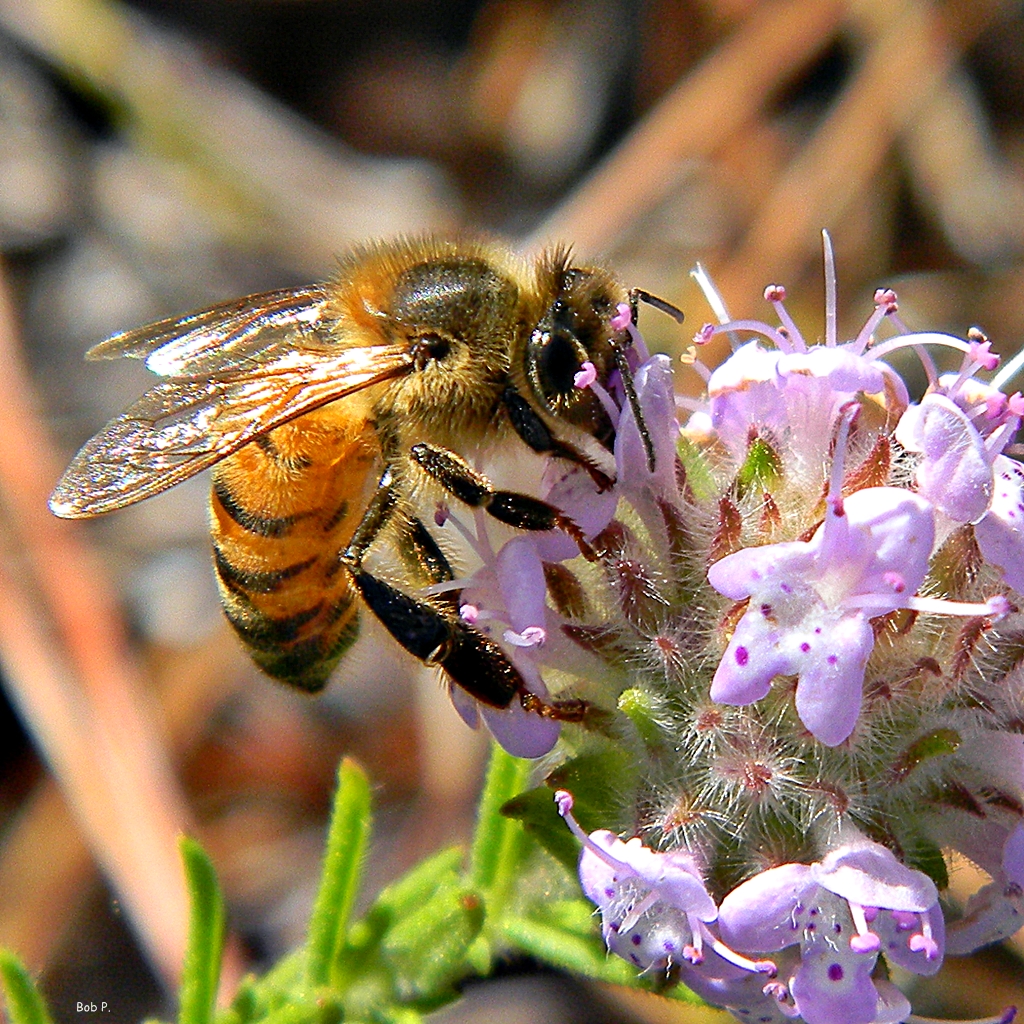Benefits of Integrated Pest Management
go.ncsu.edu/readext?944092
en Español / em Português
El inglés es el idioma de control de esta página. En la medida en que haya algún conflicto entre la traducción al inglés y la traducción, el inglés prevalece.
Al hacer clic en el enlace de traducción se activa un servicio de traducción gratuito para convertir la página al español. Al igual que con cualquier traducción por Internet, la conversión no es sensible al contexto y puede que no traduzca el texto en su significado original. NC State Extension no garantiza la exactitud del texto traducido. Por favor, tenga en cuenta que algunas aplicaciones y/o servicios pueden no funcionar como se espera cuando se traducen.
Português
Inglês é o idioma de controle desta página. Na medida que haja algum conflito entre o texto original em Inglês e a tradução, o Inglês prevalece.
Ao clicar no link de tradução, um serviço gratuito de tradução será ativado para converter a página para o Português. Como em qualquer tradução pela internet, a conversão não é sensivel ao contexto e pode não ocorrer a tradução para o significado orginal. O serviço de Extensão da Carolina do Norte (NC State Extension) não garante a exatidão do texto traduzido. Por favor, observe que algumas funções ou serviços podem não funcionar como esperado após a tradução.
English
English is the controlling language of this page. To the extent there is any conflict between the English text and the translation, English controls.
Clicking on the translation link activates a free translation service to convert the page to Spanish. As with any Internet translation, the conversion is not context-sensitive and may not translate the text to its original meaning. NC State Extension does not guarantee the accuracy of the translated text. Please note that some applications and/or services may not function as expected when translated.
Collapse ▲Pollinator Week this year is from June 19-24, 2023. This is an annual celebration in support of pollinator health. Why is this such a big deal? Pollinators are crucial players in our country’s food system, economy and ecological community. Most folks think of honeybees, and yes they are included in this partnership, but this group includes other bees, birds, bats, butterflies, moths and a host of other insects. Not all insects are pests, quite many of them are beneficial and are necessary in the production of much of our food supply. Over 100 of our crops rely on them – the fruits, nuts, vegetables, that we rely on for a healthy balanced diet. Plus they are vital to our forests and grasslands that we rely on for forage, fish, wildlife, timber, water and other resources.
It’s no surprise to any of us that our section of the country has grown developed. In fact, according to the US Census NC gained around 900,000 people in the last decade. At last count in 2020 Jackson County reported over 43,000 folks (almost 88 people per square mile) and Swain over 14,000 folks (almost 28 people per square mile). That is a lot of acreage of natural habitat turned into urban/suburban areas. Historically, neat and tidy has been standard aesthetic copying the European Ornamental formal garden theme – Versailles Gardens and all. It’s all Louis the XIV’s fault!
But nature finds a way, doesn’t it? After planting a garden or establishing a lawn, the natural process of plant succession begins to reestablish native and nonnative plants. A weed growing in a lawn represents the first stage in a sequence of events that, if allowed to continue, could eventually result in a forest. Go on extended vacation and when you come back, you’ll see plenty of evidence of this when you pull back up the driveway. Cultivated plants survive only with the constant help and intervention of the gardener. King Louis XIV had lots of help!
What we call “pests” are part of a natural system at work. It’s our concept. An ecosystem has no pests. Plants and critters do what they do, when they can to stay alive and get their DNA out into the world. When we understand the patterns of the species we’re dealing with then we can use that information to our advantage. After all, a typical home landscape can sustain over 1,000 different species of insects. That’s a lot to work with and it’s where learning about IPM can help.
Integrated Pest Management (IPM) is an effective and environmentally sensitive approach to pest management that relies on a combination of common-sense practices. IPM programs use current, comprehensive information on the life cycles of pests and their interaction with the environment. This information, in combination with available pest control methods, is used to manage pest damage by the most economical means, and with the least possible hazard to people, property, and the environment. It’s essentially a 5-tier decision tree that starts with really looking to see what is happening, then getting a good ID on what you’re seeing, assessing the situation to decide if any action is needed, implementing a strategy that includes mechanical, cultural, biological, or chemical controls – or all the above. That means not beginning with the idea of “spraying away a problem”. Then evaluating how successful your plan turned out to be.
We’re all in this together and there are things each of us can learn about and do to protect and promote our pollinator partners, beginning in our own back yards. To learn more about the pollinators in your backyard, strategies you can use to help protect them, as well as more about how IPM can help you get the results you’re looking for, contact me at minda_daughtry@ncsu.edu or your local county N.C. County Extension Center.





